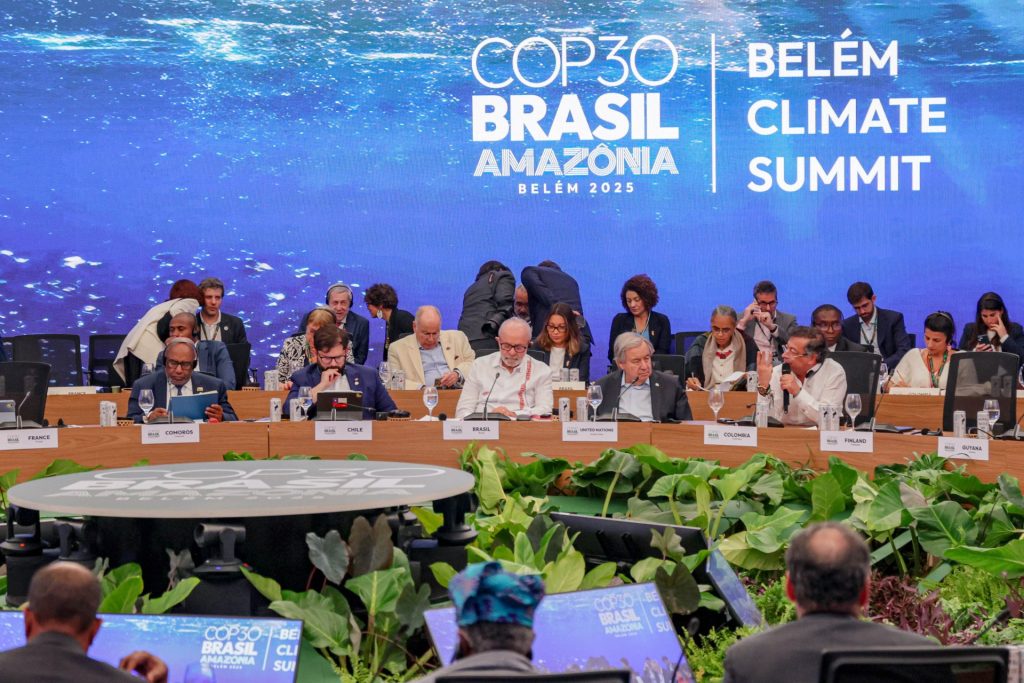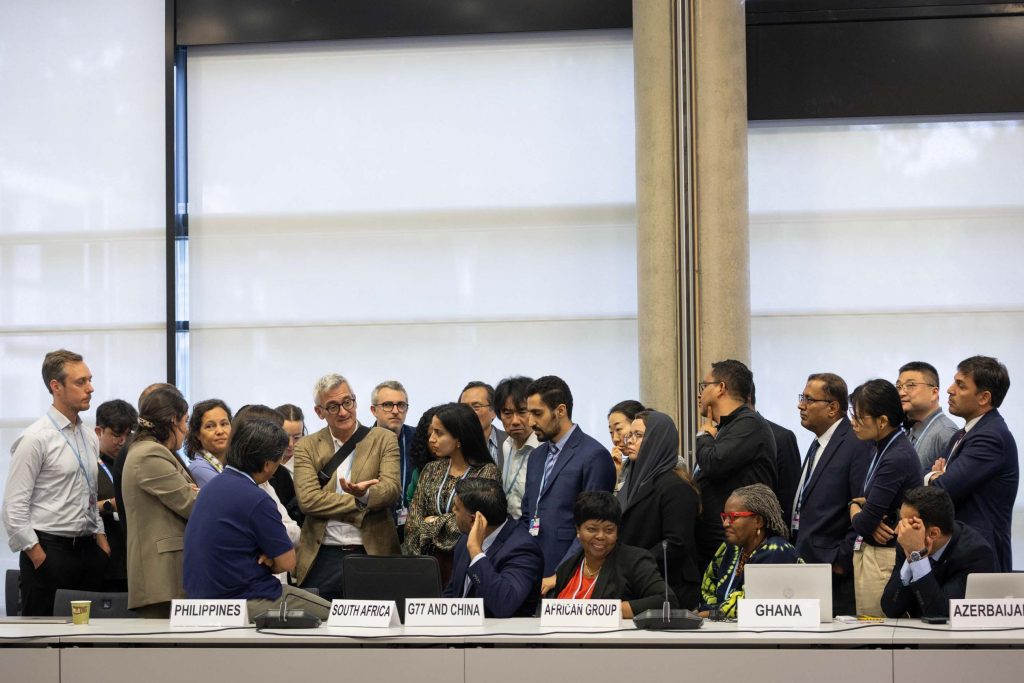The upcoming African Climate Summit offers a unique moment to build on proposed and ongoing reforms to the global financial architecture to respond to the needs and priorities of African countries. Such a shift is foundational to building the continent’s capacity for sustained transformative growth and resilience in the face of climate vulnerabilities. This involves transcending the ongoing discussion on the need for more climate finance, to a wider appreciation of its interlinkages with debt, lending practices, the global development finance system, tax and trade. If we make meaningful progress on these numerous and diverse issues, we can simultaneously address Africa’s climate and development needs, while designing a system suited for today’s global challenges.
First, Africa’s position on the reforms of the global financial architecture must be understood within the context of its debt burden. The debt and climate crises are mutually reinforcing―African countries with high levels of debt are also the most vulnerable to climate variability. Africa’s external debt, which exceeded US$1 trillion in 2021, detracts governments from making meaningful socio-economic investments, including for climate action. The continent’s debt overhang is exacerbated by high debt servicing costs, which are often a consequence of biased risk and crisis perceptions. These inequalities, compounded by a lack of affordable, predictable, and adequate climate finance, are embedded in an unjust international financial system. An international debt architecture that is conducive for climate resilient development requires, for example, a common understanding of the shortcomings in debt restructuring processes within and outside the G20 Common Framework. Furthermore, support for channelling special drawing rights (SDRs) through the African Development Bank must be sustained. The Bank’s proposed hybrid capital instrument can be leveraged as much as four times and will provide liquidity for developing and vulnerable economies.
Second, the international financial system is overwhelmingly based on a creditor-centred model. African countries are often locked out of fair, concessional borrowing. The system restricts access to affordable capital but is also characterised by ‘conditional’ lending practices and facilities, including multilateral climate funds that are difficult to access and which fail to reach local communities. To this end, African leaders are calling for systemic imbalances to be addressed and more equitable ties with bilateral and multilateral lenders to be established. This includes building a financing ecosystem that works for borrower countries. A fairer system further implies that all existing responsibilities and commitments made to Africa―such as the pledge by developed countries to double their collective provision of adaptation finance by 2025—are fulfilled and delivered. Such finance must have full disclosure on how it is both new and additional (and not simply development aid or other loans repackaged as climate finance).
Finally, we need an innovative global development finance system that unlocks equitable international financing flows while preserving the fiscal sovereignty of African countries to pursue development pathways unique to their circumstances and realities. For example, building a more inclusive and transparent international tax system is essential. Addressing tax avoidance practices and profit-shifting activities of multinational companies can reverse domestic resource under-utilisation, particularly from Africa’s natural resource exploitation. Importantly, ‘freed up’ resources must be ring fenced for development and climate needs. Beyond developed countries’ obligations, the continent must tap into its own development banks, the African private sector and institutional funds (e.g., sovereign wealth funds) to enable self-directed growth, and mitigate currency risks for sovereigns. Countries should also forge stronger partnerships with institutions such as the New Development Bank for new finance opportunities.
As trade-climate incentives and measures, such as the EU’s Carbon Border Adjustment Mechanism (CBAM) emerge, their true impact, on Africa’s participation in global trade markets and on fiscal space, must be assessed and remain compatible with the United Nation’s principle of Common but Differentiated Responsibilities and Respective Capabilities (CBDRRC).
Achieving the level of reforms proposed requires concerted action by a wide range of stakeholders committed to reshaping the foundational structure of the existing financial and economic system. This agenda must be tailored and responsive to the unique needs of African and other developing countries and be repeatedly raised, not just at the African Climate Summit but within other multilateral forums such as COP28, the IMF and World Bank annual meetings, the G20 and WTO negotiations.
This piece is based on a White Paper prepared by the African Climate Foundation, which draws on a series of policy and reform proposals from African leaders. It builds on initiatives emerging from the Global South and puts forward a set of recommendations, reflecting Africa’s priorities in advancing an equitable reform of the international financial architecture.





